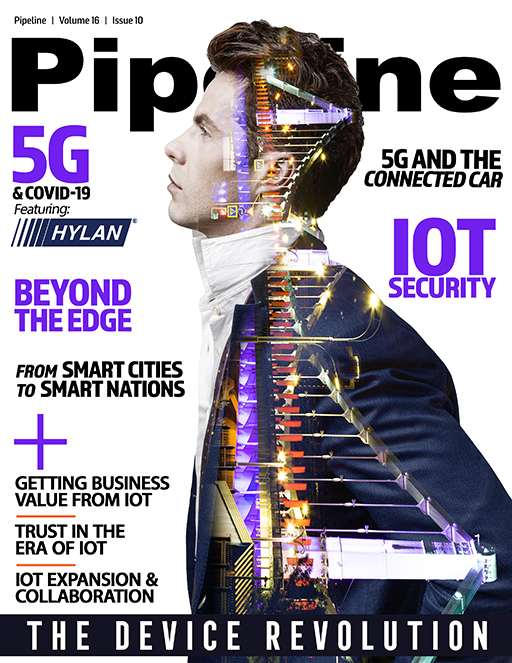5G and Next-Generation Networks in a Time of Crisis
By: Robert Bianco

The Chinese symbol for “crisis” is the same as the Chinese symbol for “opportunity.”
This curious semantic is being realized now in 2020. It’s borne out in the crisis of the COVID-19 pandemic—and in the opportunities and promise afforded by 5G and next generation technologies. But a footnote: we must get to 5G swiftly but cautiously.
With COVID-19, we’re all online, all the time. The pandemic has fueled a hunger for bigger, faster and more ubiquitous broadband services, and the movement toward next-generation networks and 5G will help sate the beast, say the carriers.
The sheer number of Americans online during the pandemic has moved the needle toward a next-generation network. At the workplace, we crave Zoom calls and webinars. At home, we binge on Netflix and our kids are addicted to gaming applications. And many of us have experienced distance learning and telemedicine for the first time.
This deluge of Americans working, studying and interacting online is creating unprecedented demand on wireless carriers and their networks, and this “firehose” in demand has, in turn, validated the wireless industry's assertions about and investment in building high-speed Internet connections. And this same wireless industry has sought relief from the Federal Communications Commission (FCC) and other regulatory agencies to properly manage the demand and make it easier for consumers and enterprises.
Sitetracker, a company devoted to critical infrastructure deployments, surveyed a mix of companies in early March and found that 44 percent of carriers believe the coronavirus pandemic will increase demand for telecommunications infrastructure, given the rise in households living and working remotely.
Movement to next-generation networks is critical
Even at current 4G and 4GLTE standards, the pandemic has created a new awareness of the critical nature of high-speed connectivity. But it’s also important to note that, even though carriers are committed to and make claims about the movement to 5G, we are, in many ways, at the beginning of the curve.
The pandemic has created stress points on the delivery of services. Over the last several months, build-out of infrastructure has been challenged by work stoppages in some places, as well as a few bottlenecks in the supply chain. Municipalities can’t give work approvals, as attention has been diverted, understandably, to COVID-19 concerns.
The pandemic has also created some hiccups in momentum on the regulatory front. The FCC recently postponed a 5G airwaves auction set to start in June by one month because of the pandemic. An international standards body has also delayed creating a set of key technical standards for 5G after the virus forced the cancellation of some of its meetings.
And then there are the incorrect reasons behind the conspiracy theories that link the connection to 5G technology to contracting the coronavirus outbreak. Some seem to think that both 5G and the coronavirus are new, so they must be connected somehow. Others point to suspicious sources as evidence that the government is hiding something in this global crisis. But ultimately, most of these ideas draw on an established well of confused concern about 5G technology and longstanding fears about new cellular technologies.
For a refresher about 5G, users should be able to download a high-definition film in under a second, a task that would take 10 minutes on 4G LTE. And, aside from sheer


















